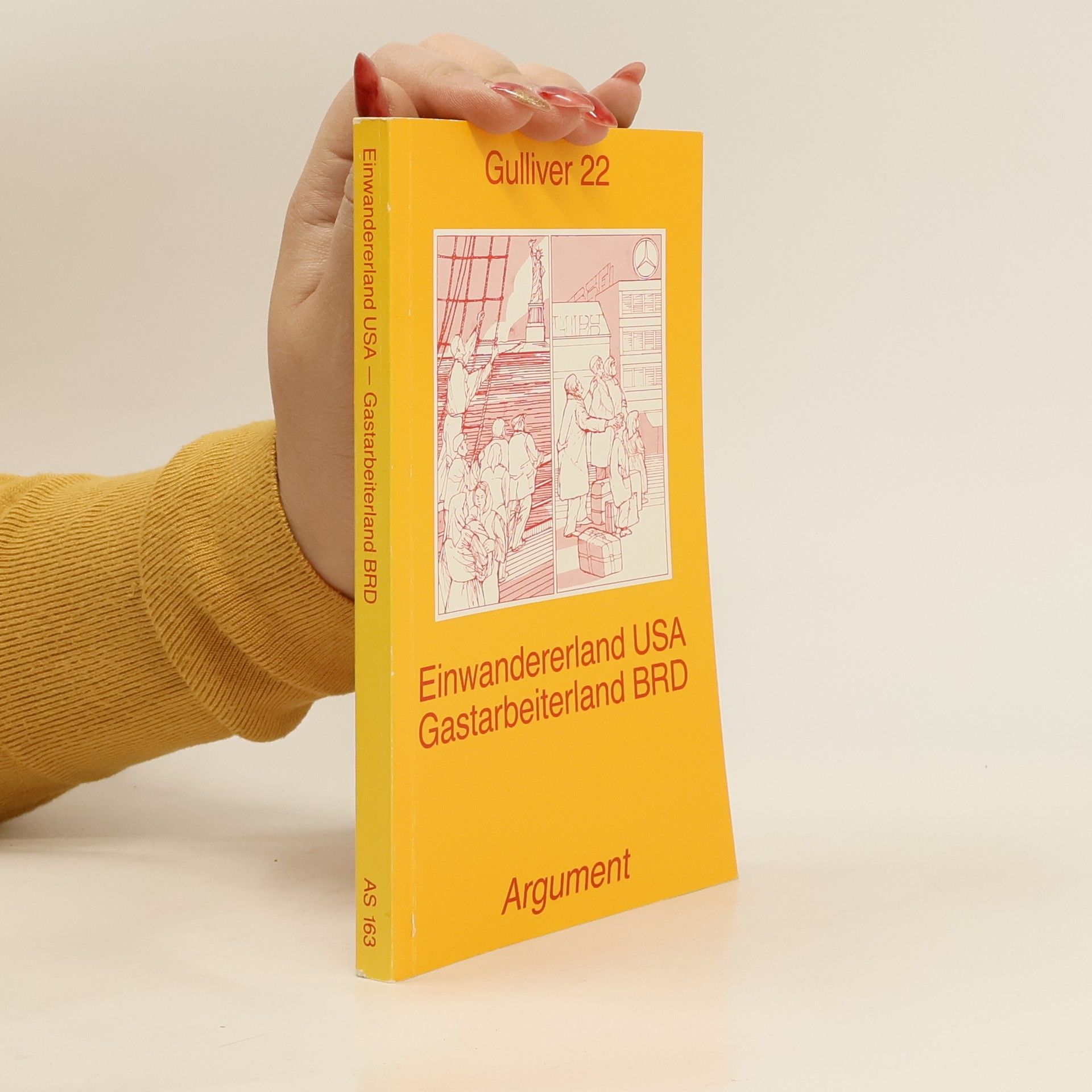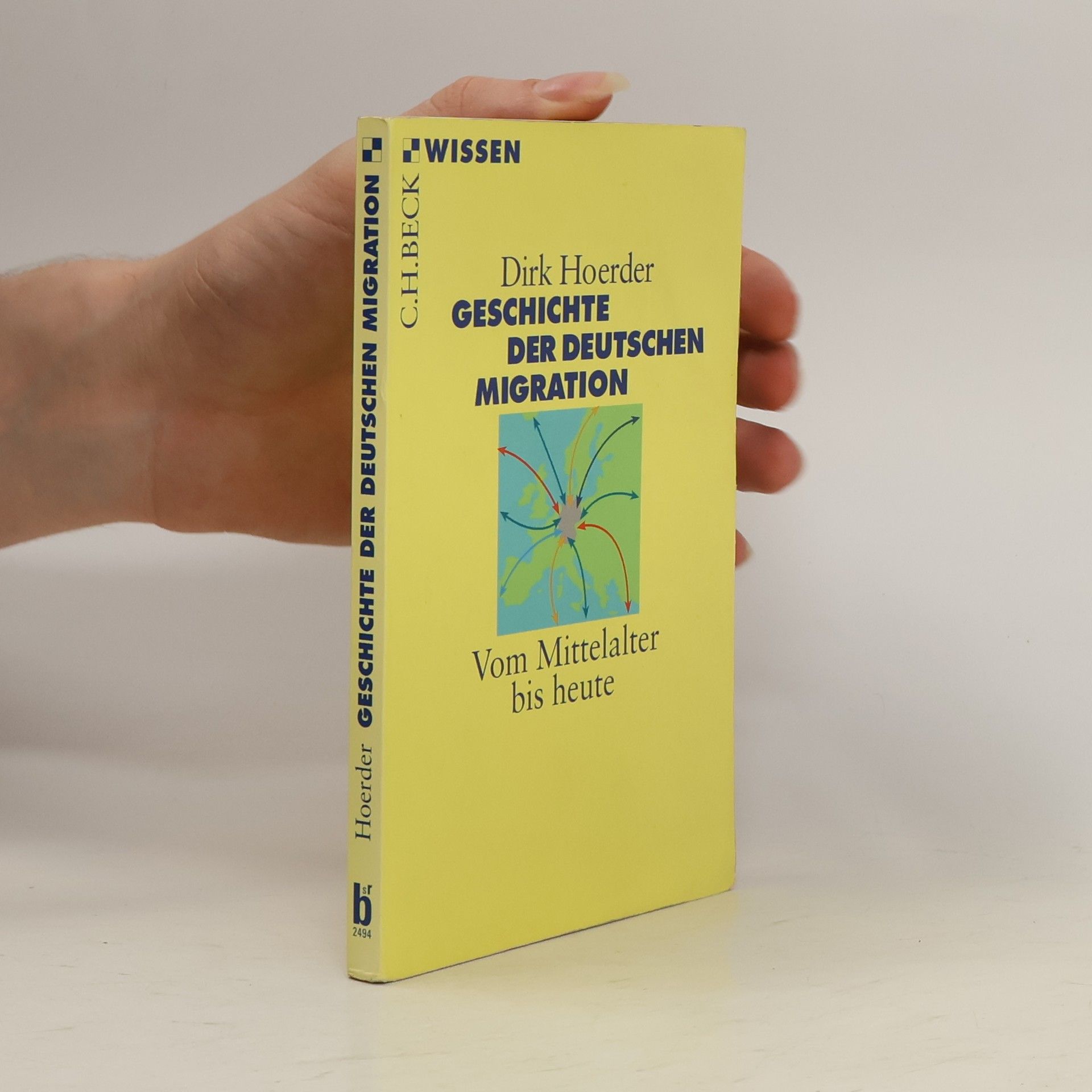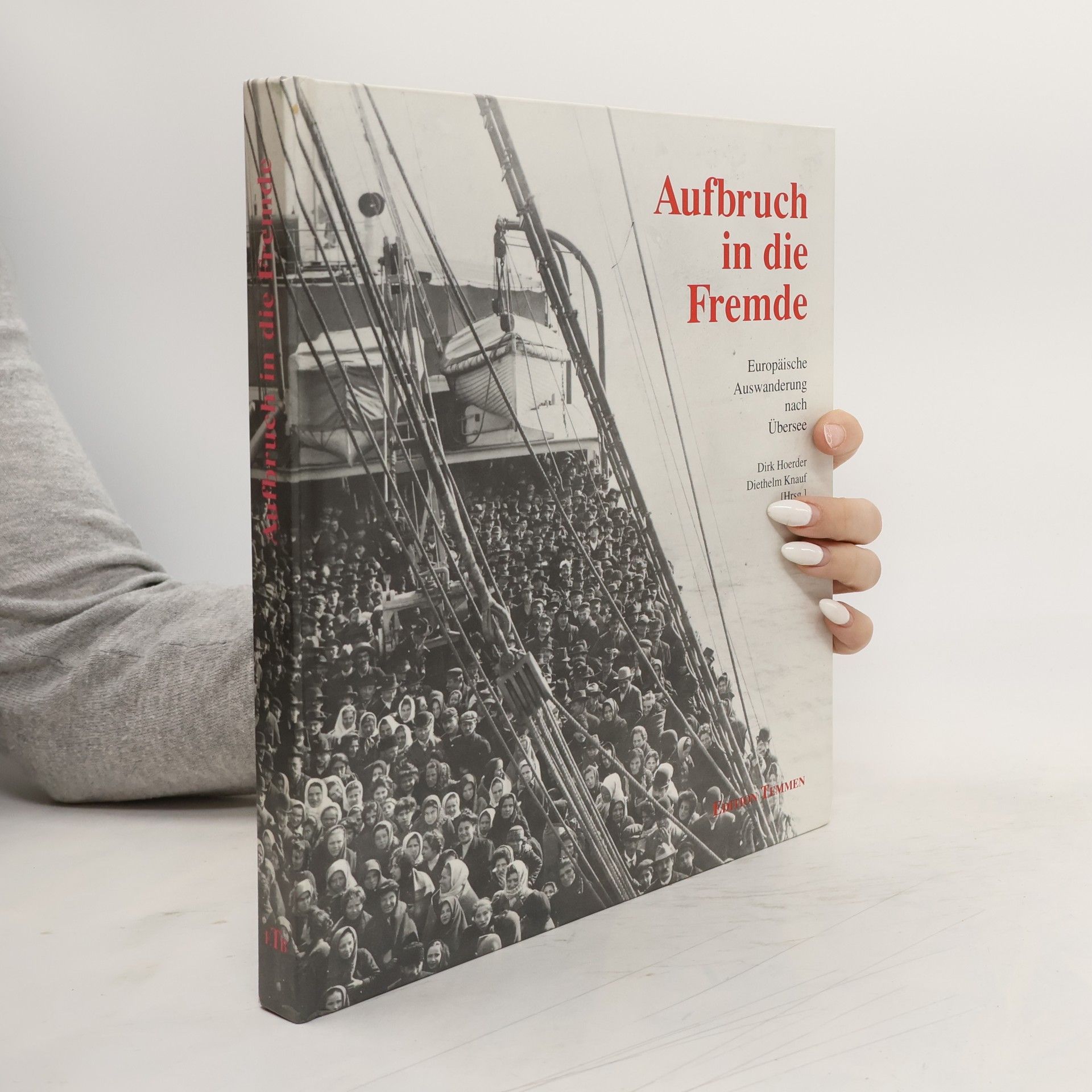People in transit
- 451 pages
- 16 hours of reading
This volume contains empirical studies on German in-migration, internal migration, and transatlantic emigration from the 1820s to the 1930s, placed in a comparative perspective of Polish, Swedish, and Irish migration to North America. The essays here demonstrate that the three types of migration are indeed fundamentally interrelated. Special emphasis is placed on the role of women in the process of migration.




